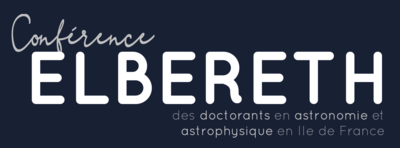Orateur
Description
The emergence of constellations of CubeSats provides a new paradigm in the observation of planetary bodies such as the Earth, Moon or Mars. The desire to observe planetary atmospheres in near-real time highlights the need for new miniaturized instruments with sufficient spectral resolution to meet scientific requirements. The main goal of this presentation is to describe the design of a near-infrared miniaturized spectrometer that can be carried out onboard CubeSats to monitor planetary gases concentrations. As an example, we will focus on the Uvsq-Sat NG spectrometer developed for observing greenhouse gases concentrations of the Earth with a good accuracy (± 4 ppm for CO2 and ± 25 ppb for CH4). This new spectrometer pathfinder (1200-2000 nm wavelength range, 5 nm spectral resolution) will be one of the payloads of the Uvsq-Sat NG 6-unit CubeSat, scheduled for a launch in 2025. We will also present a new disruptive optical design of an echelle grating spectrometer, which allows observations with a 1 nm spectral resolution. This represents an important breakthrough to go beyond the state of the art for observing planetary atmospheres with a low spectral resolution spectrometer. Finally, we will present the method based the Levenberg-Marquardt approach for retrieving atmospheric gases concentrations.
| Astrophysics Field | Instrumentation |
|---|

